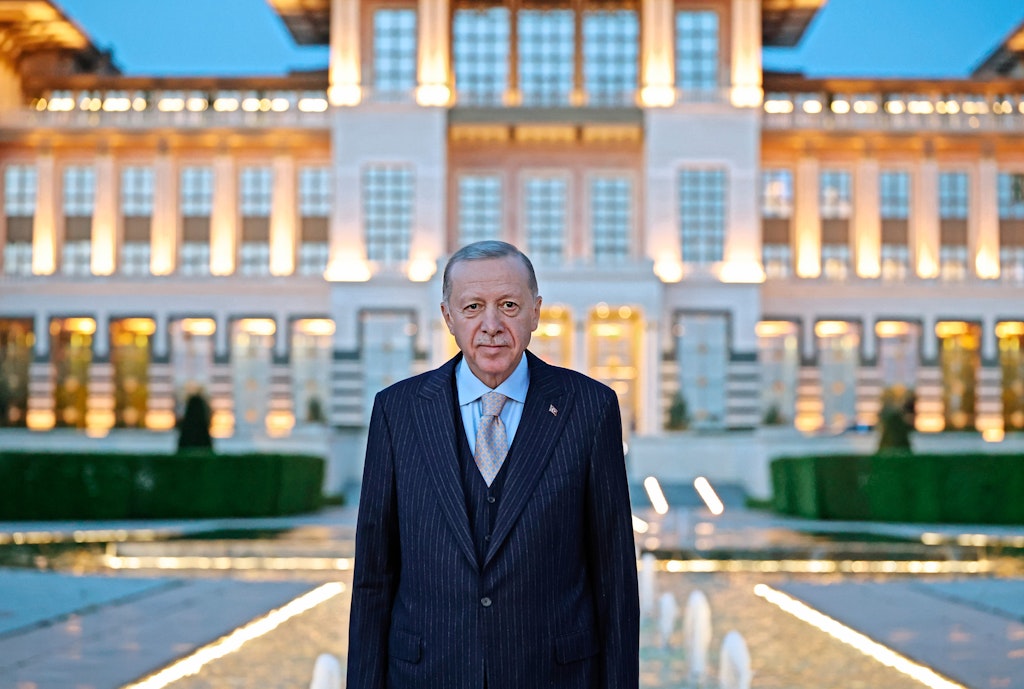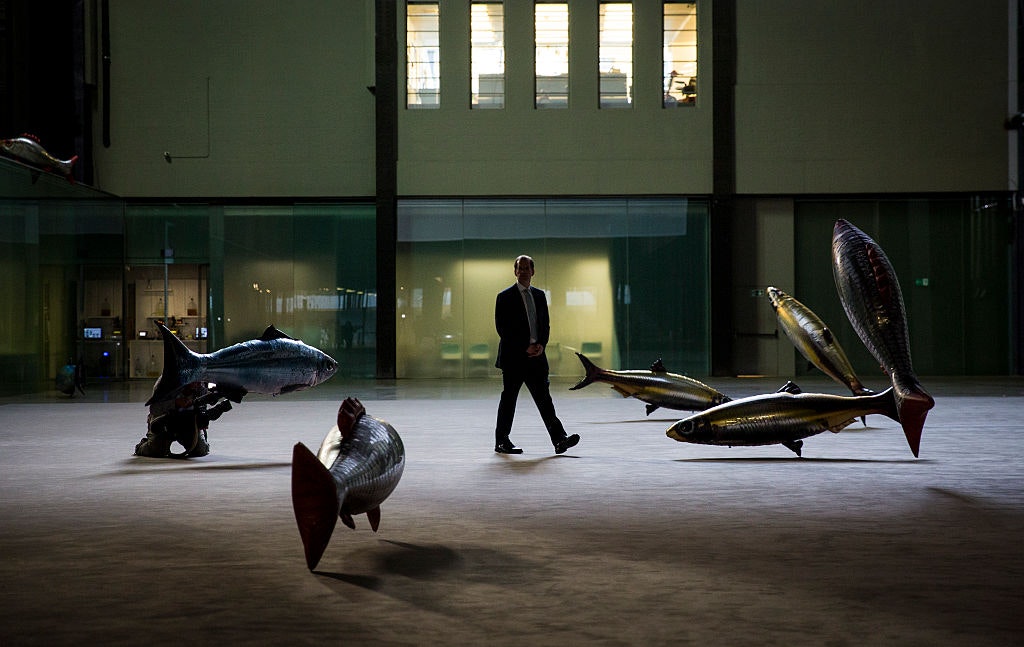Emerging from Sri Lanka’s lockdown: a morning at Colombo’s booksheds
A S H Smyth pays a visit to one of his favourite places in Colombo
My name is Adam, and I am something of a bibliomaniac. Buying ‘books’ on Kindle these past few weeks has not been doing it for me at all, so one of the first things I did when the Sri Lankan authorities began to lift the lockdown was check in on my old friends at what Google Maps rather unimaginatively calls the ‘Maradana Second Hand Book Stores’.
They are, of course, a book nerd’s absolute delight. Provided you’re not in a hurry
Conspicuously ad hoc structures, on a patch of land now perilously close to one of Colombo’s too-numerous ‘developments’, the booksheds lie at the junction of Darley and McCallum Roads (both officially renamed, long since, not that anybody here appears to care), between the greater lung of Beira Lake and the mass of tracks that sprawl out of Colombo’s Fort train terminus.
They host perhaps half a dozen individual booksellers – I’m told there once were twice that many – most of whom have been plying their trade here for the better part of fifty years now. There are some minor variations in contents and layout, but basically each shop is about two long strides deep, and five to ten across – though you can’t test this as the shelves take up all but the most essential movement space. They tend to be lit by not much more than sunlight (which can be an issue in the monsoon), hot and stuffy (no thanks to the bus fumes from the road outside), and prone to minor forms of wildlife. And they are filled with piles, and piles, and piles, of books.
They are, of course, a book nerd’s absolute delight. Provided you’re not in a hurry.
So on Friday morning, face covered, lavished with deet, and wearing the lightest possible clothing, I headed up there in a taxi. My companion, the photographer and writer David Blacker, had also brought his camera bag (my wife won’t let me take a bag to bookshops). Crossing the road, we walked straight up to what would be Sarath Books’ front door if these shops had doors, whereupon Mr Sarath recognised me instantly, mask notwithstanding.
The first book I picked up was some incomprehensible modern philosophy by Georges Bataille, with, perched behind it, a compendium of Knock Knock Jokes for Kids. Then a racy, fishnetted paperback of The Unknown Terrorist caught my attention (by Richard Flanagan, whom, by nice coincidence, I met here, two-some years ago). And then a stack containing, in the following order: Teilhard de Chardin, Lionel Shriver, Bury My Heart at Wounded Knee, Joan Collins, and three volumes (two of them identical) of Chicken Soup for the Soul.
The first thing David spotted was a copy of his own A Cause Untrue – the prize-winning thriller loosely informed by his experiences as a 19-year-old soldier in the Sri Lankan war.
And this is how it goes when you are shopping at the booksheds. A younger assistant I hadn’t met before at Sarath’s asked me if I was looking for anything in particular. I was glad I had my mask on, as I had to try quite hard not to laugh. Granted, I enjoy rummaging in old chaotic bookshops considerably more than the next man; but even so, it has simply never occurred to me to come here with an actual title in mind. (It clearly happens, though. I once read a lovely anecdote about a customer who’d borrowed some old books from a public library, lost them, and come here safe in the knowledge that he would find replacement copies!)

No – what I love about the place is you have no idea what you’ll go home with. Sri Lankans are exceedingly keen on education (albeit in a somewhat old-fashioned sense), and these shops do shift a lot of books – both in and out – of a scholastic nature. Someone with the time could probably do a PhD on colonial-era Eng. Lit. syllabuses here. But in amongst the endless duplicates of Austen, Dickens, Conrad, and all the rest are 10-year-old copies of the New Yorker (25p!), European-language novels, out-of-date-technology manuals, Sinhala and Tamil publications, a veritable museum of sci-fi through the decades (I have seen Arthur C Clark first eds), as well as almanacs, encyclopaedias, and dictionaries of every shape and size.
You’re as likely to find a Madeleine Albright memoir as you are a copy of Lolita, a biography of Mountbatten as the collected works of VI Lenin. Between a copy of Tom Jones and some Gerald Manley Hopkins I found a book by a Soviet poet called David Kugultinov, who was apparently, among many other honours, the National Poet of the Republic of Kalmykia. Three feet away, David showed me the shelf where he was first introduced to porn mags, in the 1980s.
It would be unfair to suggest there is no method to this seeming madness. Are the books arranged according to broad subject and/or genre? Yes. Are they ever, in any section of any of the shops, alphabetised? No, they are not.
The booksellers are friendly and conversational (not least in English), and know what they have in stock, were you to ask. But just as often if you so much as look at one old travel mag about Ceylon (e.g.) you’ll like as not find a whole heap of travel mags (or Ceylon stuff) immediately plonked in front of you, whether you wanted it or not.
One or two of the shops have webpages (‘sites’ would be stretching it), and Sarath even gives COVID etiquette advice on Facebook, stipulating that there is currently no book-exchange option, owing to transmission implications. They all had hand-sani prominently placed, and small signs insisting on face coverings (crowding is, even in these close confines, not generally a problem, sadly/thankfully). At the other end of the technological spectrum, however, the standard method of book conservation – even for the avowed ‘collectibles’ – boils down to the occasional slap with a more or less dry rag.
One shop actually has an upstairs, which seems, engineering-wise, a tad precarious. (And that’s before the staircase was completely blockaded with books. It would be a brave and desperately-acquisitive man who would go up there twice.) Another shopfront has been shuttered for a while now, but used to present a single, fearsome, Hokusai-style, teetering six-foot wall of paperback spines. Needless to say, it was also essentially retail-proof, as customers could only see – let alone access – perhaps one twentieth of his Borgesian stock. What’s more, on the way up I’d been telling David about the bit in Howards End where someone dies beneath a falling bookcase (a vague recollection we were, naturally, able to check easily while we were there). A couple of years ago I heard that one of the bookshed guys had died, and indeed – have I imagined this? – been killed by falling bookcases!
Some booksellers do seem to know a rare-ish book when they see one, though, especially books on mainly Ceylon-era topics, or religious texts
Over and above dozens of purchases that I have still not read, top finds over the years include a somewhat battered first edition of some poems of Lord Alfred Douglas, including, if I remember rightly, an excruciating preface where he attempts to maintain that he and his (at best) second-rate work will be remembered for anything other than his coat-tailing of Oscar Wilde; and vols. 2–4 of Andre Gide’s Journals (I subsequently sourced vol. 1 from Youknowwhere.) These cost perhaps a couple of quid each, into which category – and just to show (he protested) that I am not completely barking – I would also put the dispersed four vols. of a Mr Vimal Fernando’s personally-bound and lovely-looking but also obviously unreadably-boring tax, legal history, and other Edwardian(?) undergrad set texts… which I did not buy. [APPLAUSE]
Some booksellers do seem to know a rare-ish book when they see one, though, especially books on mainly Ceylon-era topics, or religious texts. To wit, I had to check that a handwritten price for a 50- to 100-year-old Mahavamsa (the epic Pali poem narrating Sri Lanka’s early ‘history’) was fifteen thousand rupees, and not – as I had obviously been hoping – fifteen hundred. No, I was assured, apologetically, this was a collectors’ item (apart from the typed-out paper title glued onto the spine, I did not disagree), and I in turn said I had no issue with the price, just my ability to pay it, to which the bookseller genially volunteered the information that normal reading copies could be bought for much less elsewhere.
I won’t pretend I’ve always seen eye to eye with the pricing structure, sure. A Simon Sebag Montefiore paperback history of Jerusalem was Rs. 1000 (call it five quid, and you’d be happy), which you could have delivered to your house, brand new, for less, from Amazon, and which I’d almost certainly only get through on Audible in any case. Another guy, a couple of months back, was charging an enthusiastic Rs. 2500 for a book of Craig Raine essays from 20 years ago, which was probably more than you would pay for it on Charing Cross Road. Ten years ago, I nearly had an argument with one who wanted something approaching cover price for a medical textbook on the heart (don’t ask) which had been published in the 1970s.
And, inevitably, some shops just have no prices, so there’s often a lot of humming and hawwing and slapping the book back and forth between the hands as if it’s priced by weight, which is presumably how JD Wetherspoons buy theirs.
It would also be fair to note that a lot of these volumes very evidently come from house clearances, school libraries, cruise ships, and various other indirect almost-donations. They’re not in mint condition, and that’s before they’re stacked up in the half-outdoors. The first time I came face to face with the reality of bookworm was when I found a clutch of maggots chewing their way through – rather perfectly, I thought – Tom Wolfe’s The Right Stuff. (No discount was offered, but the seller – I won’t say which one – did have the grace to knock the creatures out against the nearest tree.)
Still, all in all, the booksheds are cheap to the point of embarrassment, incline heavily to the (literally) serendipitous discovery, and if nothing else just make a nice change from Colombo’s rather unexciting ‘normal’ bookshops with their dull parades of textbooks, fantasy series, spiritual guff and motivational/business-minded bestsellers and ghost-written autobiographies.
By my standards, I came away with an incredibly restrained ‘haul’.
From Sarath: paperbacks of Peter Ackroyd’s The Clerkenwell Tales (Rs. 250); and A Cure for Serpents: An Italian Doctor in North Africa by The Duke of Pirajno, published by Eland – bonus point if you can pronounce that correctly – (Rs. 350), with a 1985 preface by Dervla Murphy and review quotes from Harold Nicolson and Cyril Connolly. Sarath’s assistant knocked these down, unasked, to Rs. 500 all in (well under £2.50).
And from the Warnasuriya Book Depot: a 100-year-old OUP Characters from the Histories & Memoirs of the Seventeenth Century by David Nichol Smith, picked up largely because it had a chapter on Edmund Waller (the primary school named after whom I briefly attended, in New Cross, around the time that David was discovering pornography), a Blackwell’s booksellers label on the inside cover, and the names of Pauline C Harris (30.1.25) and KC de Silva BA (Aug. 1936) inscribed; and Ceylon Coconut Planters’ Review (Vol. VII, No. 1: December 1973), published by The Coconut Research Institute of Sri Lanka (Ceylon) and printed at The Colombo Apothecaries’ Co., Ltd., which I bought solely for the fact that it had a fold-out, hand-drawn map in the back, titled ‘How To Get To The Coconut Research Institute’ – cover price: one rupee and 25 cents, local; ten pence for overseas. He charged Rs. 600 for both.
Then, when I had paid and was already out the door (‘…’), I spied a strange and not especially attractive edition of Michael Ondaatje’s 1970 The Collected Works of Billy The Kid, which I already own, but haven’t read for years and do not have to hand. Fittingly, given MO’s split heritage, this is the Canadian original, from House of Anansi Press. The bookseller assured me that Ondaatje was a ‘very good author’, and I agreed. Rs. 400.
Total: five items for under seven quid. A parcel small enough to smuggle back into the house.
By this time, David had taken whatever shots he came for, and bought a birthday present (big illustrated book of Arthurian legends) for his nephew. We also both had sore throats from all the shouted pissmonunciation at our truffled treasures – and, in David’s case, from laughing so hard when he had found Lincoln, Trump and Hitler stacked ingenuously together.
We finished with a beer or three at the Barefoot outdoor café-bar where (disclosure) I run – or ‘ran’; who knows? – a Wednesday-evening pub quiz. It was, we realised once we’d clinked our mugs, the first drink either of us had had ‘out’, i.e. in company, for over two months.
And just as well. By Sunday we had been locked down again.
Enjoying The Critic online? It's even better in print
Try five issues of Britain’s newest magazine for £10
Subscribe














